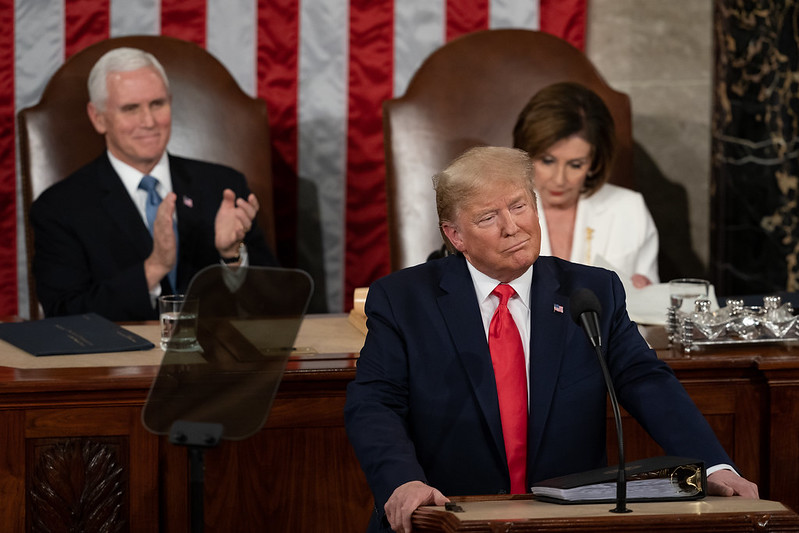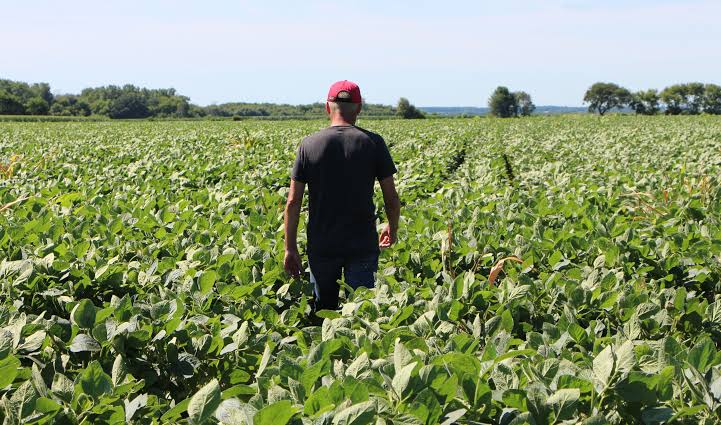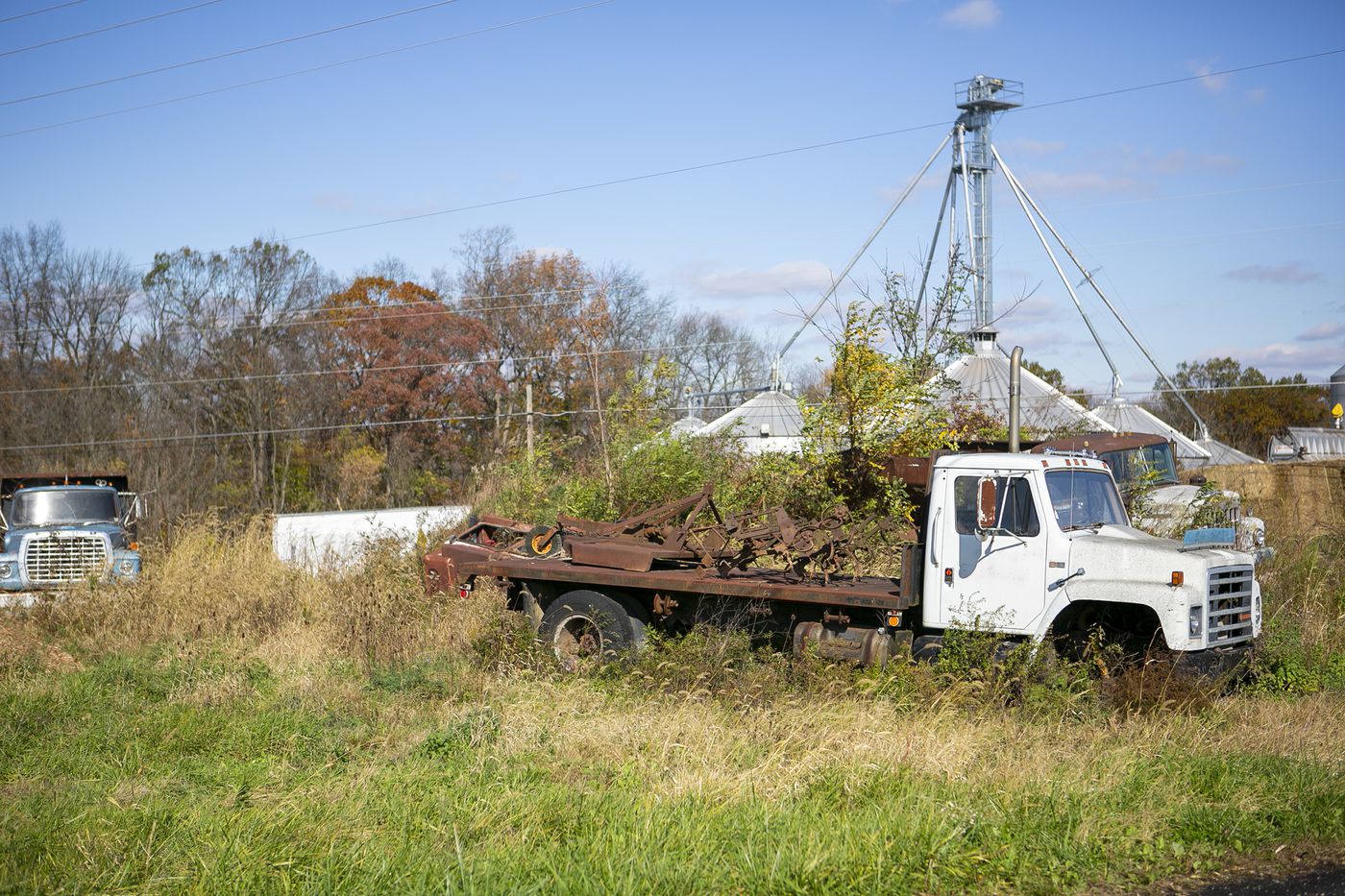Disclaimer: The views, suggestions, and opinions expressed here are the sole responsibility of the experts. No Scoop Today USA journalist was involved in the writing and production of this article.
Wariness over China ranch buys , At each Finish of Pacific

President Donald Trump likes to joke that America’s ranchers have a decent issue on their hands: They’re going to require greater tractors to stay aware of flooding Chinese interest for their soybeans and other agrarian products under a starter bargain between the world’s two biggest economies.
However, will they truly?
From Beijing to America’s ranch belt, doubters are addressing exactly the amount China has really dedicated to purchase — and whether U.S. ranchers would be capable at any point in the near future to trade products there in the outsize amount that Trump has guaranteed.
It adds up to $40 billion per year, as indicated by Trump’s exchange agent, Robert Lighthizer. In the event that people ask the rich president theirself, however, the all out is really “much more than’ $50 billion. To put that in perspective, U.S. farm exports to China have never topped $26 billion in any one year.”
Furthermore, since Trump’s exchange war with Beijing ejected a year ago, China has expanded its homestead buys from Brazil, Argentina and different nations. Therefore, Beijing may now be secured in contracts it couldn’t earn back the original investment in the event that it expected to rapidly expand its acquisition of American farming products to something approximating $40 billion.
“History has never been even close to that level,” said Chad Hart, an agricultural economist at Iowa State University. “There’s no clear path to get us there in one year.”
“The figure of $40 billion,” added Cui Fan, a trade specialist at the University of International Business and Economics in Beijing, “is larger than I expected, and I wonder whether the United States can ensure the full supply of the products.”
America’s ranchers might without a doubt want to. The homestead belt has persevered through a great part of the effect from Beijing’s retaliatory levies since July 2018, when the Trump organization forced duties on $360 billion in Chinese imports. Beijing struck back by exhausting $120 billion in U.S. sends out, including soybeans and other ranch products that are indispensable to a large number of Trump’s supporters in country America.
The effect from China’s retaliatory duties was considerable: U.S. ranch fares to China, which hit a record $25.9 billion out of 2012, plunged a year ago to $9.1 billion. Soybean fares to China fell considerably more — to a 12-year low of $3.1 billion, as indicated by the Department of Agriculture. (Homestead imports to China have bounced back to some degree this year yet stay well beneath pre-exchange war levels.)
The purported Phase 1 arrangement that the different sides reported Dec. 13 managed to de-heighten the standoff and offer at any rate a rest to American ranchers. However the ceasefire set aside for future arrangements the hardest and most complex issue at the core of the exchange war: The Trump organization’s affirmation that Beijing cheats in its drive to accomplish worldwide matchless quality in such cutting edge innovations as driver-less vehicles and computerized reasoning.
The organization asserts — and free investigators by and large concur — that China takes innovation, powers outside organizations to hand over prized formulas, unreasonably sponsors its own organizations and hurls bureaucratic obstacles for remote adversaries. Beijing has dismissed the allegations and battled that the organization is rather attempting to smother a rising rival in worldwide exchange.
Under the starter U.S.- China bargain, Trump suspended their arrangement to force new levies and decreased some current charges on Chinese imports. Consequently, Lighthizer stated, China consented to purchase $40 billion per year in U.S. ranch trades more than two years, in addition to other things. (Beijing likewise dedicated to closure its long-standing act of constraining remote organizations to hand over their innovation as a state of accessing the Chinese market.)
Numerous ranchers state they’re cheerful however limited in their desires.
“Now, we need to hold back to see more subtleties,” said Jeff Jorgensen, who cultivates around 3,000 sections of land in southwest Iowa.
However the Trump organization has discharged no content of the understanding. What’s more, a reality sheet that Lighthizer’s office gave didn’t determine the objective for expanded Chinese ranch buys. Also, Beijing has so far declined to affirm the $40 billion figure.
“After the agreement is officially signed, the contents of the agreement will be announced to the public,” said Gao Feng, a representative for the Commerce Ministry.
In any case, Chinese imports of U.S. soybeans dramatically increased in November after the Phase 1 understanding was at first reported in mid-October — a sign that diminished pressures may have started to facilitate the strain on American ranchers, as per AWeb.com, a news site that serves China’s cultivating industry.
Beijing demands, however, that its homestead buys will be founded on customer request and market costs, distinctly suggesting that it won’t purchase more than it needs just to fulfill the Trump organization’s guarantees.
“The purchases should be based on market principles,” said Tu Xinquan, director of the China Institute for WTO Studies in Beijing. “The United States should compete with other countries through price and quality.”
A few investigators recommend that it’s in any event hypothetically feasible for the U.S. to support its homestead fares to China to something near the figures the organization has guaranteed. Greenery Zhu, partner chief of China corporate research at Fitch Ratings, calls the $40 billion “reachable.’
They notes, for instance, that China’s interest for soybeans adds up to $40 billion per year. Indeed, even before the exchange war, the U.S. provided about 33% of that aggregate — “proposing, Zhu stated, that “there is still enormous space for China to build its acquisition of soybeans from the U.S.”
Furthermore, China’s interest for imported pork has increased in light of the fact that its own pig groups have been wrecked by an episode of African swine fever. However that equivalent flare-up could diminish China’s requirement for American soybeans: Fewer pigs could mean less interest for soybeans and different wellsprings of feed.
Be that as it may, accomplishing $40 billion a year would probably require redirecting piece of the pie away from different nations — Argentina, Australia, Brazil, Canada, New Zealand — that fare sizable amounts of homestead products to China. Those countries could then contend to the World Trade Organization that they are losing sends out not on the grounds that they can’t contend but since China is being pressured into purchasing American to stay away from Trump’s levies.
“It is a circumstance numerous nations are worried about,” said Tu of the WTO thinks about foundation in Beijing.
U.S. ranchers sound watchful. Some stress that the drawn out exchange war will mark the United States a problematic exchange accomplice China and risk access to an immense Chinese market that had expanded its acquisition of U.S. ranch items from under $1 billion per year in the mid 1990s to almost $26 billion by 2012. U.S. ranch fares to China at that point changed between about $20 billion to $25 billion per year before Trump’s exchange war ejected vigorously a year ago.
Ranchers have viewed with disappointment as leaps forward in the exchange war seemed a few times to have been accomplished distinctly to crumple before long.
“I think it’s a lot of false promises again,” said Bob Kuylen, who grows wheat and sunflowers and raises cattle near South Heart, North Dakota. “I’d love to see $50 billion, but I don’t think it will ever happen … It’s just almost an impossible thing, so why even say it?”






